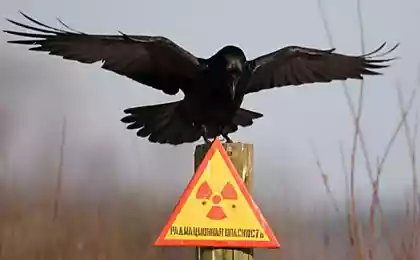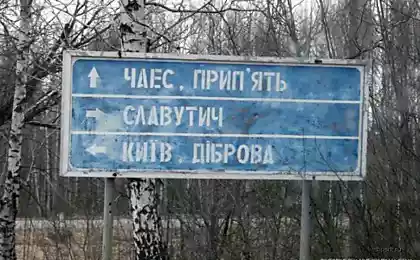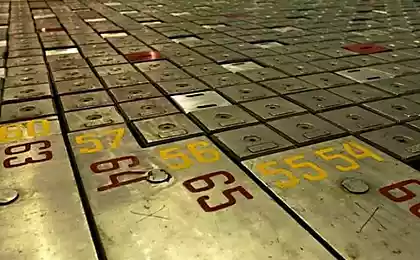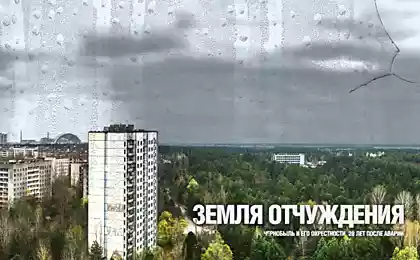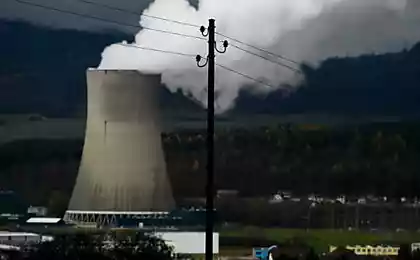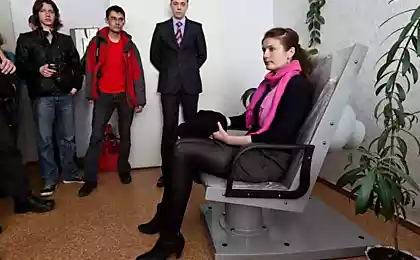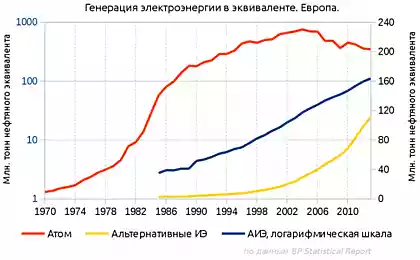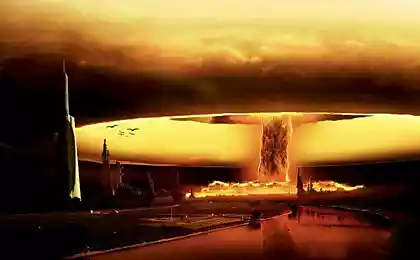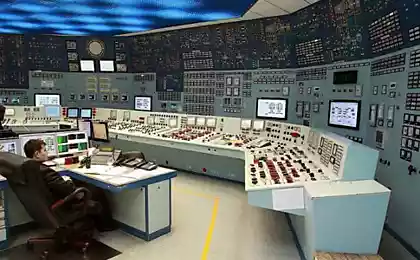1078
A bit of NPP
Despite the fact that for many years did not cease debate around nuclear power plants, most people have little idea of what it's all for the beast, though certainly know some legend of the NPP. In this article I will try to describe in general terms how it all works. Some mysteries and revelations should not wait, but I hope someone finds out for himself something new.
All the pictures are taken from open sources. This article will describe the VVER reactors (VVER) as the most common.
Blockquote>
How it works h4>
At the core of the reactor fuel assemblies are loaded, consisting of a bundle of zirconium fuel elements (cartridges), filled with pellets of uranium dioxide.
The fuel assembly in full size i>
Uranium nuclei divide to form neutrons (2 or 3 neutrons), which, falling into other nuclei may also cause their division. So there is a nuclear chain reaction. The ratio of the number of neutrons formed by the number of neutrons in the previous step is called fission neutron multiplication factor k. If k & lt; 1, the reaction is attenuated. When k = 1 comes self-sustaining nuclear chain reaction. When k & gt; 1, the reaction is accelerated up to a nuclear explosion. In nuclear reactors maintained controlled nuclear chain reaction, keeping k close to unity.
The reactor was loaded with fuel assemblies i>
During a chain reaction, a large amount of energy as heat, which heats the primary coolant - water which is fed from the bottom into the reactor via the main circulation pump (MCP). Heating to a temperature of 322 ° C, the water enters the steam generator (heat exchanger), where, after passing by the thousands of heat exchange tubes and heat the water to give part of the second circuit, again enters the active zone. Since the pressure of the second circuit below the water in the boiler to boil, creating steam at 274 ° C, which is supplied to the turbine. Proceeding in a high pressure cylinder, and then in three low-pressure cylinder, unwinds steam turbine, which in turn rotates a generator producing electricity. Exhaust steam enters the condenser, where it is easy to guess, condensed by cold water from the cooling pond or cooling tower and returns to the steam generator by means of feed pumps.
turbine department itself turbine i>
This complex dual system created in order to protect equipment (turbine, condenser) and the environment from the release of radioactive particles from the primary circuit, the occurrence of which may due to the corrosion of equipment, induced radioactivity, and the depressurization of fuel rod claddings.
Bryzgatelny pool cooling backup diesel generators and air-conditioning systems i>
The unit is controlled from the control room, which is usually an abundance of fascinating simple layman "lights, krutilok and buttons."
It is located in the reactor room, but in a "clean zone" and it constantly: the chief engineer for reactor control, the chief engineer for the turbine control, the chief engineer for the management unit and the head of the shift block.
Around the nuclear plant is organized surveillance zone (the same thirty-kilometer zone), which is a permanent monitoring of the radiation situation. There is also a sanitary protection zone of 3 km radius (depending on the design capacity of the NPP), which can not be accommodated people and limited agricultural activities.
Internal area NPP divided into two zones: a zone of free access (net area), where the effects of radiation factors on staff practically excluded and controlled access zone (ZKD) where possible radiation exposure to personnel.
Access ZKD not everyone is allowed and possible only through sanitary inspection room, following the procedure in changing specials. clothing and obtaining an individual dosimeter. Access to the containment, which houses the reactor itself and the equipment of the primary circuit, when the reactor power to generally prohibited and is possible only in exceptional cases. NPP workers received doses strictly fixed and standardized, although the actual exposure during normal operation of the reactor is hundreds of times less than the dose limits.
Dose monitoring the output of ZKD i>
Emissions h4> Probably the greatest number of rumors and speculation go around emissions of nuclear power plants. Emissions do have and they occur mainly through the ventilation pipe - these are the tubes that are near each unit and never smoke. For the most part, fall into the atmosphere inert radioactive gases - xenon, krypton and argon.
But prior to discharge into the atmosphere of the air space nuclear power system is complex filters, which removes most of the radionuclides. Short-lived isotopes decay before the gases reach the top of the pipe, further lowering the radioactivity. As a result, the contribution of the natural background radiation in the gas and aerosol emissions to the atmosphere is negligible NPP and they can be neglected. Therefore, nuclear energy is one of the cleanest, as compared to other power plants. In any case, all the radioactive emissions of nuclear power stations are tightly controlled by environmentalists and developed ways to further reduce them.
Security h4> All of the nuclear power plant are designed and operate with a view of the numerous safety principles. For example, the concept of defense in depth implies the existence of several barriers to the spread of ionizing radiation and radioactive substances into the environment. Very similar to the principle Kashchei Immortal: fuel grouped into tablets that are in zirconium fuel rods, which are placed in a steel reactor vessel, which is placed in the concrete containment. Thus, the destruction of one of the barriers is compensated as follows. Everything is done to in any accident radioactive substances were within the controlled access zone.
Also, these systems all have double and triple redundancy, in accordance with the principle of a single failure, which the system must perform its function without interruption even in case of failure of any of its elements. Along with this, the principle of diversity, i.e. the use of systems having different operating principles. For example, when an alarm protection in the reactor core rods fall-absorbers, and the primary coolant is further injected boric acid.
Units are displayed in regular scheduled preventive maintenance (SPR), which occurs during periods of refueling, as well as to diagnose, repair and replacement of equipment, modernization of equipment. Dean quadrennial operating unit is displayed in major outage with complete unloading nuclear fuel from the reactor core, examinations and tests internals, as well as tests of the reactor shell for durability.
On the work of some security systems can be found at interactive presentation with site Rosenergoatom .
And you can virtually wander at Balakovo.
Source: geektimes.ru/post/241098/
Walt Disney has disclosed the name of a new episode of "Star Wars"
Psychological transformation, which affects only the astronauts

